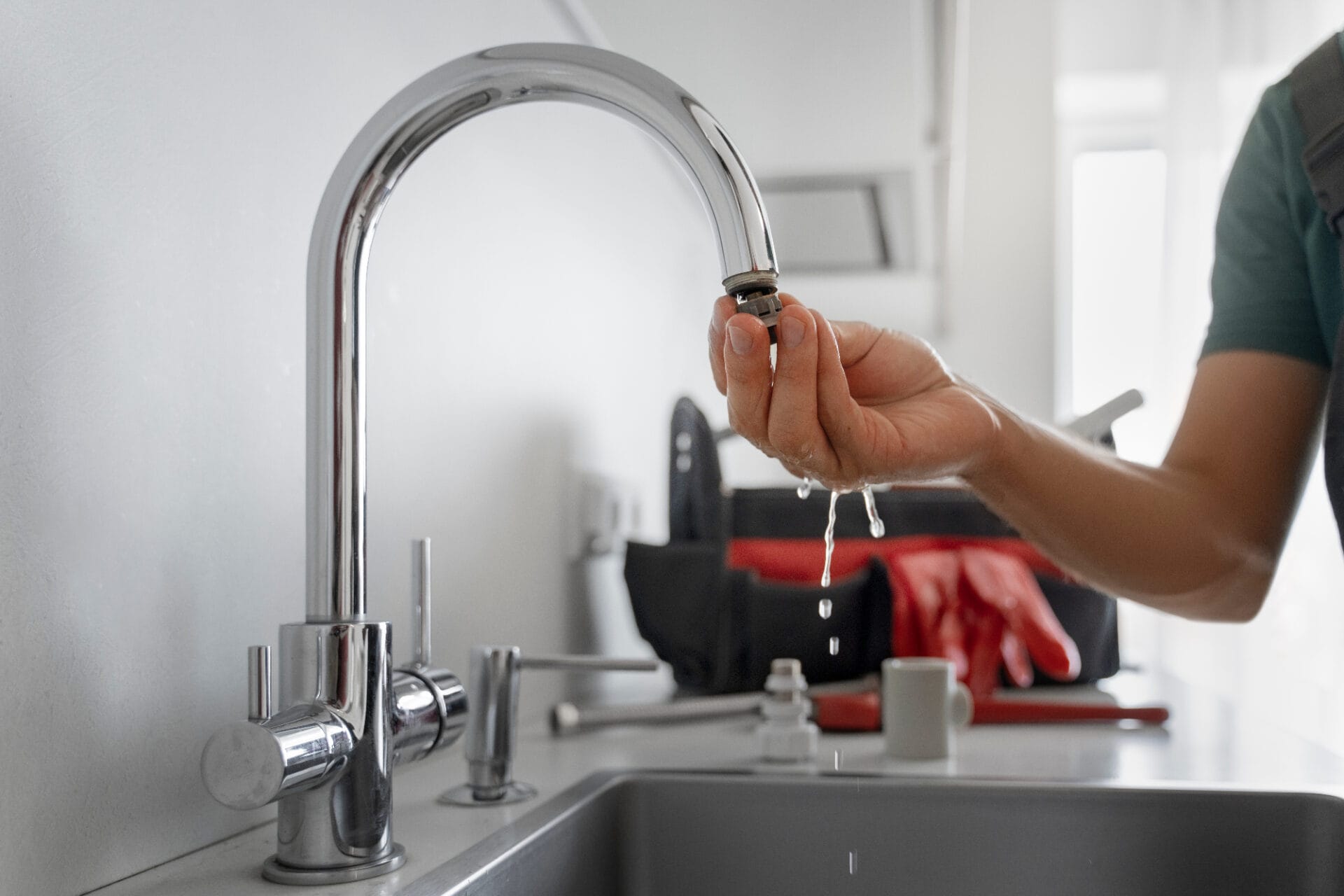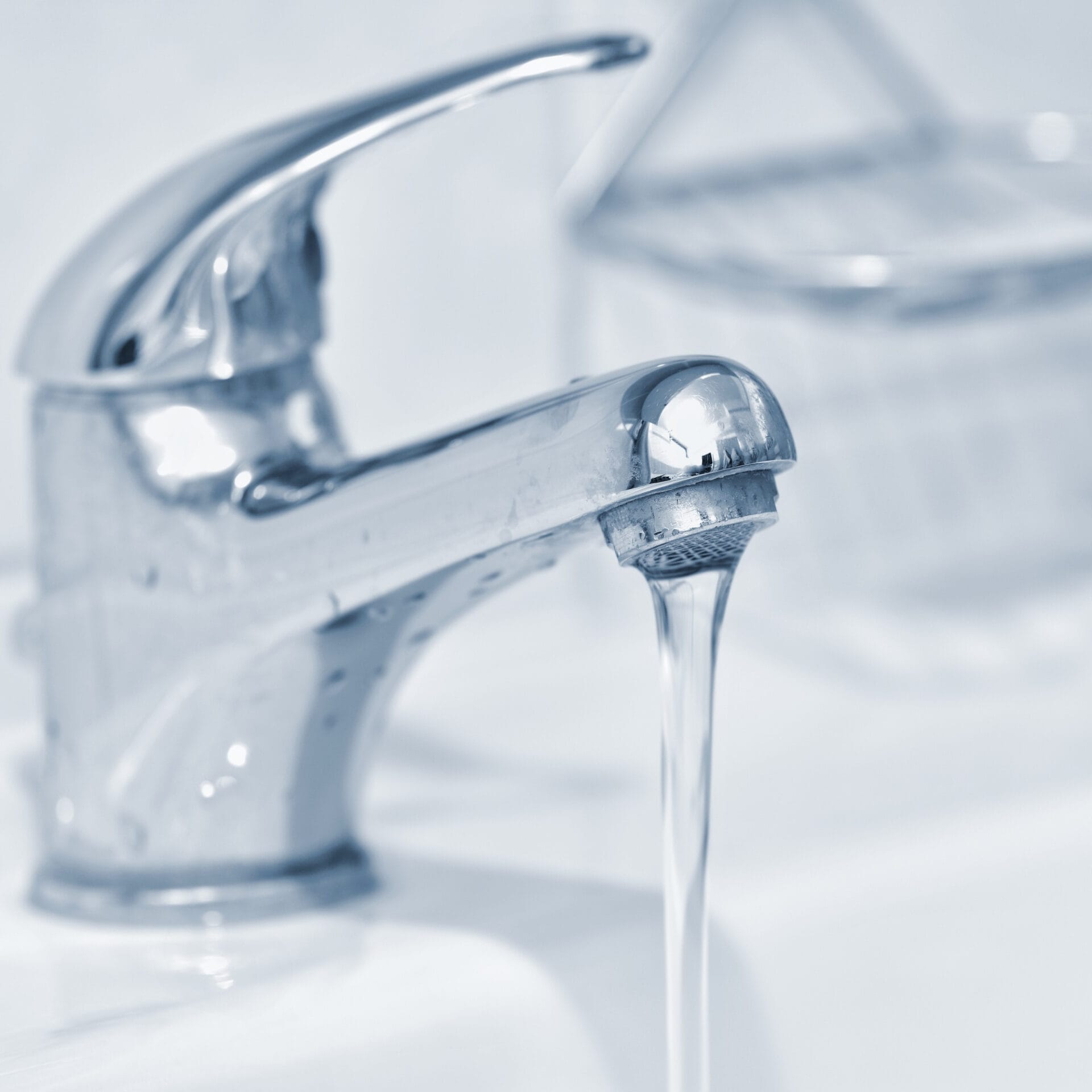
How to Maintain Your Kitchen Faucet for Longevity
Your kitchen faucet is one of the most frequently used fixtures in your home, enduring constant exposure to water, soap,

Water efficiency is key for both homes and businesses. It affects the environment and our wallets. One great way to save water is to know about sink faucet flow rates. Using low-flow faucets and being mindful of water use can cut down on water and bills.
This guide will explore sink faucet flow rates. We’ll look at federal standards, the perks of low-flow faucets, and how to get the best flow rates. By the end, you’ll know how to choose the right faucets and help the planet.
To make smart choices about water use, knowing about flow rates is key. Flow rate tells you how much water a faucet uses in a certain time. It helps you see how well your faucets work and choose better ones for saving water.
A flow rate is how much water flows through a faucet in a minute. It’s usually measured in gallons per minute (GPM). The lower the GPM, the less water the faucet uses. For example, a 1.5 GPM faucet uses less water than a 2.2 GPM one, helping save water.
In the U.S., GPM is the standard for measuring faucet flow rates. To find a faucet’s GPM, you collect a certain amount of water in a minute. This shows how much water the faucet uses, making it easy to compare different faucets.
When looking for new faucets or checking your current ones, check the GPM rating. Lower GPM means more water saved. Even with lower GPM, faucets still work well for tasks like washing hands or rinsing dishes. Choosing faucets with lower GPM can greatly cut down your water use without losing functionality.

The U.S. government has set rules for sink faucet flow rates to save water and energy. The Environmental Protection Agency (EPA) and the Department of Energy (DOE) created these standards. They aim to cut down on water waste and the energy needed to heat water in homes and businesses.
The Energy Policy Act of 1992 was a big step in saving water. It set the first federal flow rate standards for sink faucets. For homes, the limit was 2.2 gallons per minute (GPM), and for businesses, it was 2.5 GPM. These rules helped pave the way for even more water-saving measures.
Since 1992, the rules have gotten stricter to keep up with new water-saving tech. Now, the EPA and DOE say sink faucets should use no more than 1.5 GPM at home and 0.5 GPM in businesses. These new limits mean a lot less water is used than before.
Following these standards helps everyone save water. By using low-flow faucets, we all help the environment and save money. It’s a win-win for our planet and our wallets.
The federal government sets a minimum for sink faucet flow rates. But, some states and local areas have stricter rules to save water. These rules, known as state water efficiency standards and local building codes, often require lower flow rates for faucets.
States like California, Colorado, and Texas lead in water saving. They have green plumbing codes that limit faucet flow rates. For example, California’s CALGreen code requires bathroom faucets to use no more than 1.2 gallons per minute. This is 20% less than the federal standard of 1.5 gallons per minute.
Local governments also have their own water-saving rules. These rules can be stricter than state standards. For instance, Santa Fe, New Mexico, limits bathroom faucet flow to 1.0 gallon per minute. This is part of their effort to save water.
Homeowners and businesses should know about these rules when installing or replacing faucets. Plumbers and contractors usually know these regulations well. They can make sure you follow the rules.
Following these state and local rules, along with federal standards, helps save water. It also protects our water resources for the future.

Switching to low flow faucets brings many benefits for homes and the planet. They help save water, lower bills, and reduce harm to the environment. This is because they use less water than old faucets.
Low flow faucets use less water without losing quality. They limit water flow to 1.5 gallons per minute. This means they save a lot of water compared to old faucets.
This water saving is great for our water resources. It helps in areas where water is scarce or during droughts.
Low flow faucets also save energy. They use less hot water, which means less energy for water heaters. This leads to lower bills for homes.
Less energy used means less greenhouse gas emissions. This is good for the environment and helps reduce carbon footprints.
Using low flow faucets can save a lot of money. They cut down on water and energy costs. This means lower bills for homes and businesses.
The cost of low flow faucets is paid back by the savings. Plus, many companies offer rebates for installing them. This makes the switch even more appealing financially.
There are two main types of low-flow faucets that save water and cut down on energy costs. These are aerator faucets and laminar flow faucets. Each has its own benefits and can be chosen based on your needs and likes.
Aerator faucets are great for saving water without losing performance. They mix air with the water, creating a soft, bubbly flow. This flow uses less water but still feels satisfying.
These faucets keep water pressure high, making them good for homes and businesses.
Laminar flow faucets, or non-aerating faucets, save water in a different way. They produce a clear, non-splashing water stream. This makes them perfect for places where cleanliness and accuracy are key, like healthcare and food service.
Even though they don’t have the same feel as aerator faucets, they are very good at saving water. They don’t sacrifice function for efficiency.
Choosing between aerator and laminar flow faucets depends on your needs and preferences. Both save water and help make your space more sustainable and cost-effective.
Switching to low-flow faucets is a simple way to cut down on water use at home or work. You can do it yourself or get a pro plumber to help. This change can make your water use better and help the environment.
Many low-flow faucets are made for DIY fans. They come with easy-to-follow instructions and don’t need much skill. With some patience and care, most people can install them on their own. This saves money and still gets great results.
For bigger plumbing jobs or large water-saving projects, get a pro plumber. They make sure your new faucets fit right and work well with your plumbing. Plumbers also give advice that fits your needs. This might cost more, but it’s worth it for peace of mind and the best performance.
Choosing DIY or a pro, installing low-flow faucets is easy and effective. It helps save water and money, and it’s good for the planet. By using these faucets, you help protect our planet and enjoy lower bills and a greener lifestyle.
To keep your low flow faucets working well, regular care is key. Simple tasks can help your faucets save water and last longer. This way, you get the most out of your faucets.
Cleaning the aerators is a big part of faucet care. Minerals and dirt can block water flow over time. Here’s how to clean the aerator:
Preventing mineral buildup is also important. If your water is hard, a water softener or filter can help. This keeps your faucets working efficiently.
Checking your faucets often is vital. A small leak can waste a lot of water. If you see leaks, fix them quickly to save water.
By cleaning aerators, preventing buildup, and fixing leaks, your faucets will save water for years. These easy steps keep your faucets in top shape.
Many people worry about the performance and fit of low-flow faucets. But, modern technology has made these water-saving fixtures reliable. They offer great water savings without sacrificing performance.
Some think low-flow faucets cut down on water pressure. But, today’s faucets use special designs to keep pressure high. They use aeration and flow restrictors to save water without losing pressure.
Another worry is if low-flow faucets will work with old plumbing. Sometimes, you might need small changes or upgrades. But, most modern faucets fit well with many plumbing setups, making installation easy.
It’s important to clear up worries about water pressure and plumbing fit. By sharing how these faucets work well with most systems, we can get more people to use them. This helps save water in homes and businesses.

Using low-flow faucets is just the start. Simple habits can also save a lot of water. For example, turning off the faucet while brushing teeth or washing dishes helps a lot. Getting family and coworkers to do the same can make a big difference.
It’s also important to find and fix leaks quickly. A small leak can waste a lot of water over time. Checking faucets and pipes regularly for leaks and fixing them fast helps save water and keeps plumbing systems working well.
Using low-flow faucets and being mindful of water use can make a big impact. Teaching others about these habits and showing them by example can inspire more people to save water. Small changes in our daily lives can lead to big savings in water use, helping to protect this precious resource for the future.

Your kitchen faucet is one of the most frequently used fixtures in your home, enduring constant exposure to water, soap,
Receive your order to your door address anywhere in the world using our shipping partners
You're covered by our 30 days return policy
Big part of our reviews testifies about the quality of support provided
Secured payments using renowned payment gateways